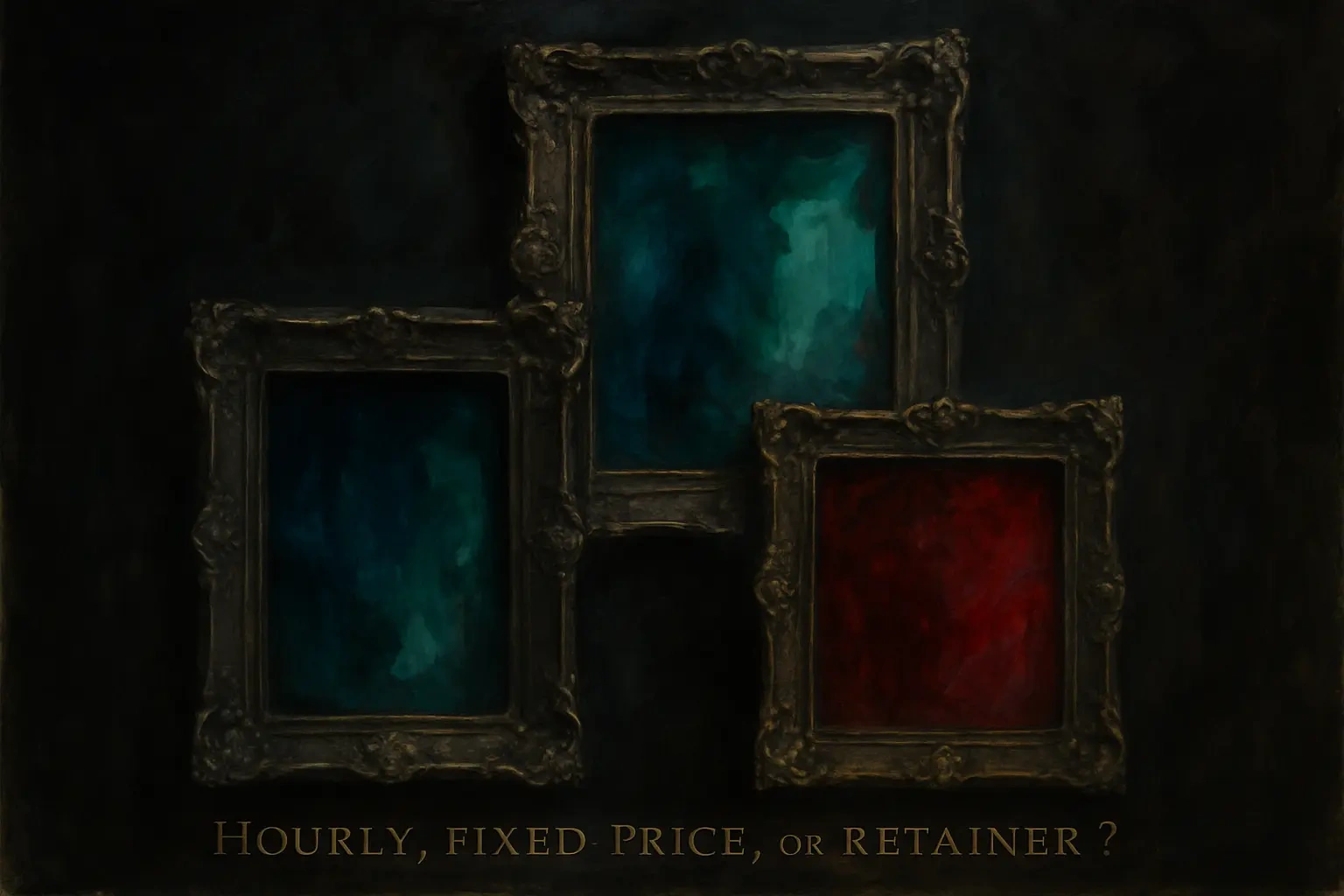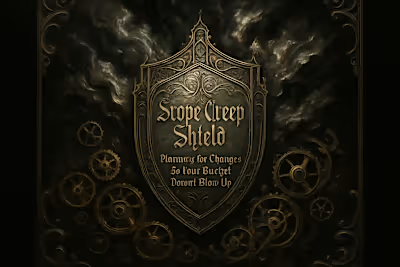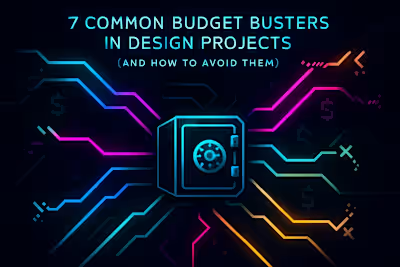Hourly, Fixed-Price, or Retainer? How to Choose the Best Payment Model

Hourly, Fixed-Price, or Retainer? How to Choose the Best Payment Model
The Hourly Rate Model: Paying for Time
When It's the Best Choice
Pros and Cons for the Client
How to Manage an Hourly Project Effectively
The Fixed-Price Model: Paying for Deliverables
When It's the Best Choice
Pros and Cons for the Client
The Critical Role of a Detailed Scope of Work (SOW)
The Retainer Model: Paying for Access
When It's the Best Choice
Pros and Cons for the Client
Structuring a Fair and Effective Retainer Agreement
Hybrid Models: The Best of Both Worlds?
Combining Fixed-Price and Hourly
Project-Based Retainers
Making Your Choice
References
Hourly, Fixed-Price, or Retainer? How to Choose the Best Payment Model
The Hourly Rate Model: Paying for Time
When It's the Best Choice
Pros and Cons for the Client
How to Manage an Hourly Project Effectively
The Fixed-Price Model: Paying for Deliverables
When It's the Best Choice
Pros and Cons for the Client
The Critical Role of a Detailed Scope of Work (SOW)
The Retainer Model: Paying for Access
When It's the Best Choice
Pros and Cons for the Client
Structuring a Fair and Effective Retainer Agreement
Hybrid Models: The Best of Both Worlds?
Combining Fixed-Price and Hourly
Project-Based Retainers
Making Your Choice
References
Posted Jul 6, 2025
Confused about how to pay your Figma designer? We break down the pros and cons of hourly, fixed-price, and retainer models to help you choose the right fit for your project and budget.








